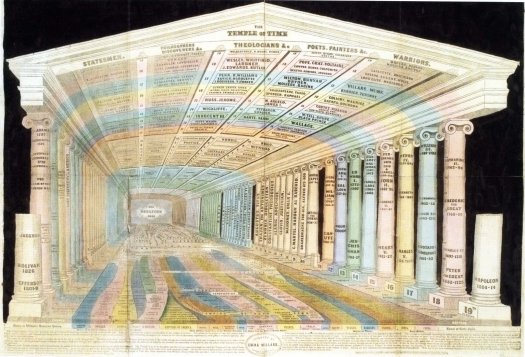Everybody is capable to memorize. And, it is essential. Many say in the world of logics you don’t have to remember; I say, you still have to memorize E=mc2 before applying. You think you are not good at memorizing things? I think it is just either you didn’t make effort, or you don’t know the tricks. The former has no value for discussion hence I want to share about the latter. Most of all, this is fun.
Mindmap
This is probably the most well-known method in the world. It starts from one idea and then branch out to sub ideas, sub-sub ideas… Below is the mind map I created around Reward Strategy in the field of Human Resource Management.
Once mapping it out on a paper, you would see a picture (structure) which helps you organize information yet memorize effectively. There are lots of mindmap apps in the market; I use MindNode – extremely simple and intuitive. Here is the mindmap I created 2 years ago for a subject called Managing International Business Systems (MIBS). Anyway, I was able to memorize more than 90% to sit for the exam – more than enough.
Mnemonic
First of all, let’s see the explanation in Wikipedia:
A mnemonic (RpE: /nəˈmɒnɨk/,[1] AmE: /nɛˈmɑːnɪk/ the first “m” is silent), or mnemonic device, is any learning technique that aids information retention. Mnemonics aim to translate information into a form that the brain can retain better than its original form. Even the process of merely learning this conversion might already aid in the transfer of information to long-term memory.
I was required to remember 20 pages of information regarding Employee Involvement and Participation (EIP), which is a huge contemporary concept of HR Management. I did it by memorizing only 5 letters: COEIS.
To me, COEIS stands for
“Characteristics, Objectives, Embeddedness, Informal EIP, and Success factor”.
Then, there are sub-concepts under each word – how to remember that? Use crazy phrases – the more crazy it is, the easier to remember. Just make it non-sense! The crazy phase I created:
“Salesforce is holding a cigar while giving birth to a lazy mother X in front of a CSS tv”
Yes, it doesn’t make any sense at all Lol. But because of that, I was able to remember a few more mnemonics in my mind: SFDL, CICGER, BD, LMX, CSSTV. SFDL stands for Scope, Form, Degree, Level; CICGER stands for Collect, Inform, Comply, Gain, Enhance, Reduce; BD stands for Breadth, Depth; LMX stands for Leader Member eXchange Theory; CSSTV stands for Climate of the org, Support from leaders, System integration, Training, Value. What beautiful is, they all map to COEIS:
- Characteristics: SFDL
- Objective: CICGER
- Embeddedness: BD
- Informal EIP: LMX
- Success Factor: CSSTV
Blended with mindmap, below is what I had. This little mindmap finally triggered my 20 pages of memory.
The Codec
Codec depicts the way of Coding and Decoding. I needed to memorize a list of scholars with publication years of their thesis. First of all, sort the list from oldest to newest. Below is the list:
It starts from 1982, and then 1985, 1987… till 2007. From the picture above, you can see that I tried to find their incremental years. For example, 1985=1982+3; 1987=1985+2. So now I only need to remember 1982 and a set of numbers 321593 (I know one of them was wrong but it doesn’t matter Lol). Ok then, how could I remember that number set? Easy! Just map them to your mobile phone keypad – now you have a pattern of movement rather than numbers! Let your body remember the movement rather than numbers.
Indeed, I was inspired by the compression method of one of the common image formats (I guess it is JPEG). To define a color in the digital world, you need a color code for each of: Red, Green, Blue, a.k.a RGB. Each color code is nothing but just a number between 0 to 255. Take an example, the color of a sharp red pixel is represented by {255, 0, 0}. This compression method is to only record the color code difference from the previous color. So 2 red pixels {255, 0, 0} {255, 0, 0} now become {255, 0, 0} {0, 0, 0}. The size of memory needed is significantly reduced.
Bonus: Memory Palace
Yes, this is the 4th one, I know. The concept is simple: Map the things you want to remember to objects in a place or a path where you are familiar with. People usually use their home or the path they commute. I didn’t have a chance to try out but here is a simple guideline.
Enjoy, my friend!



